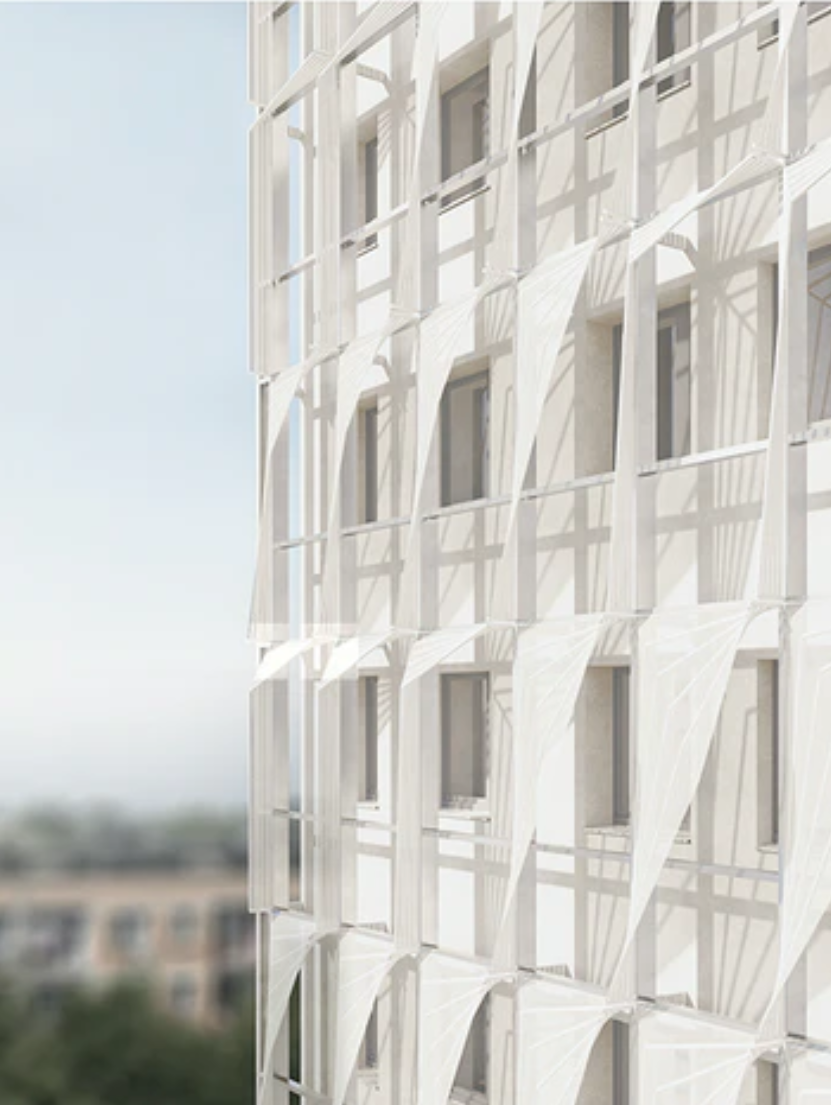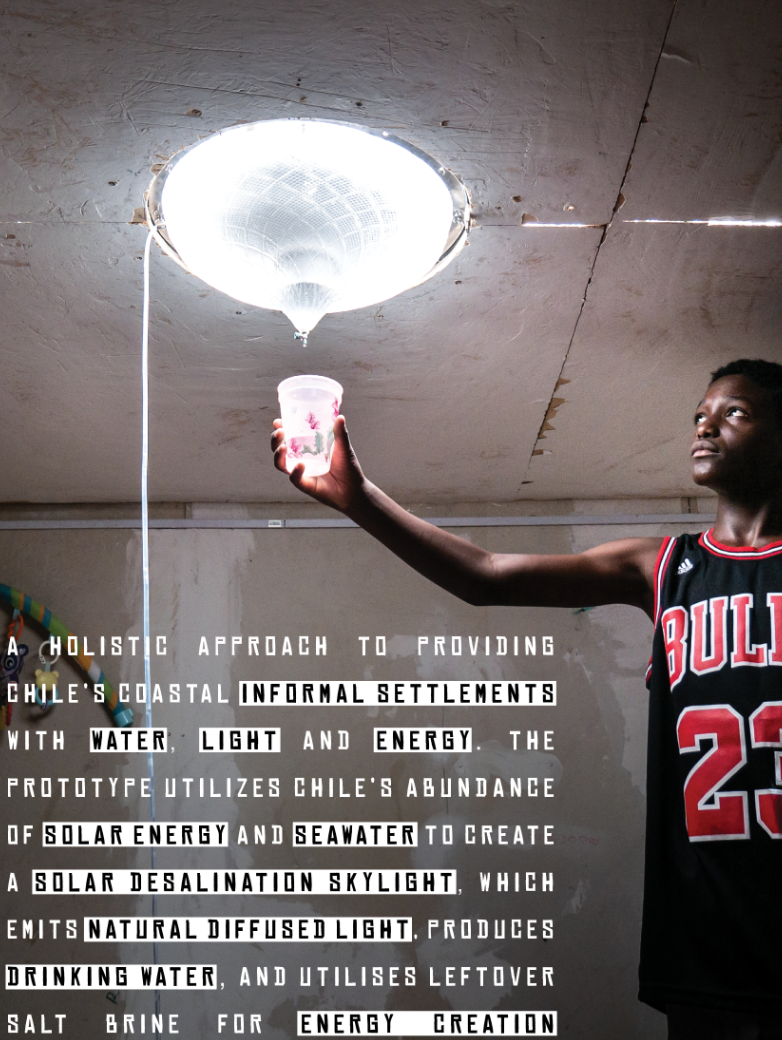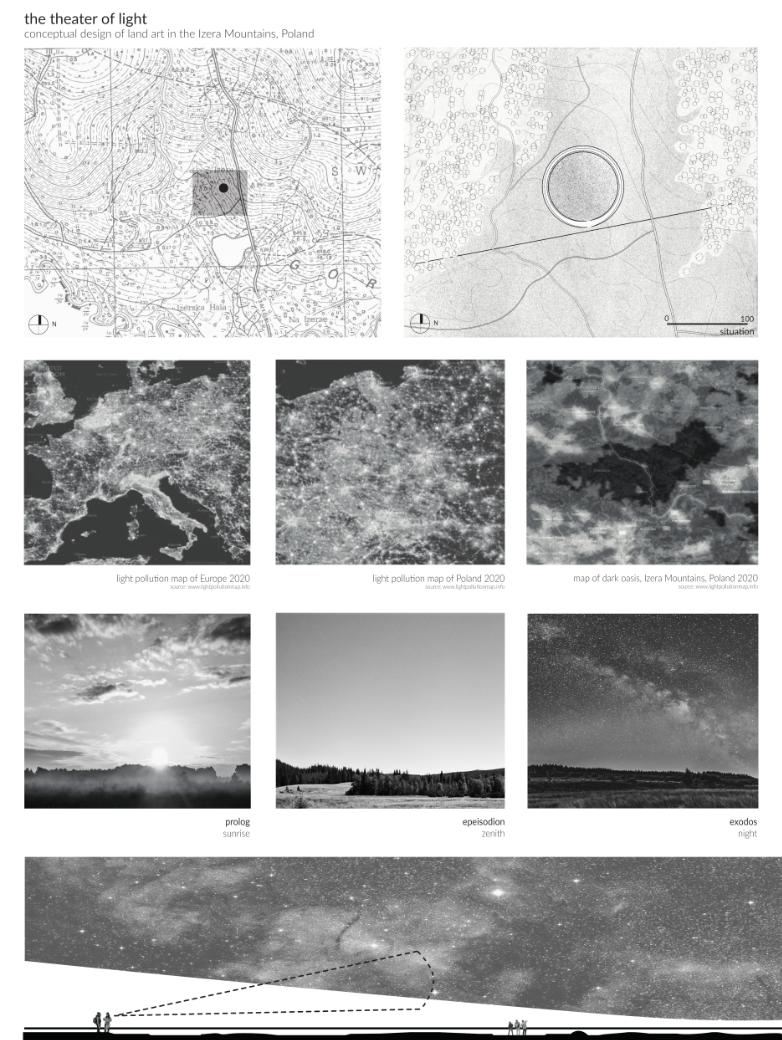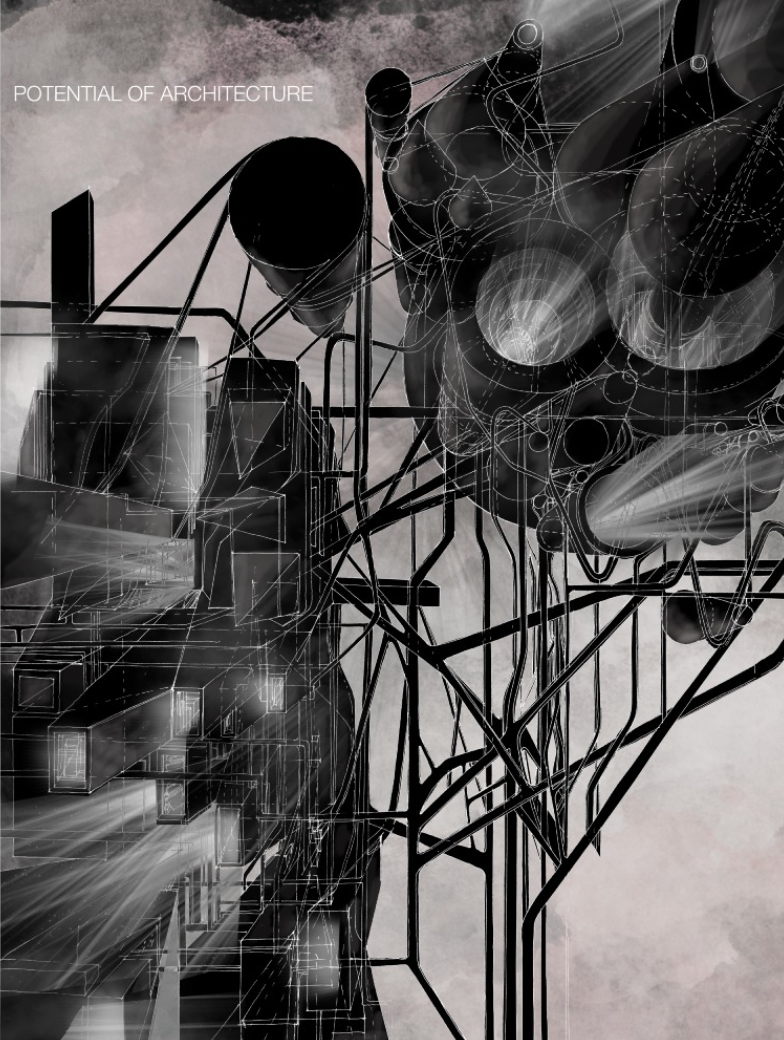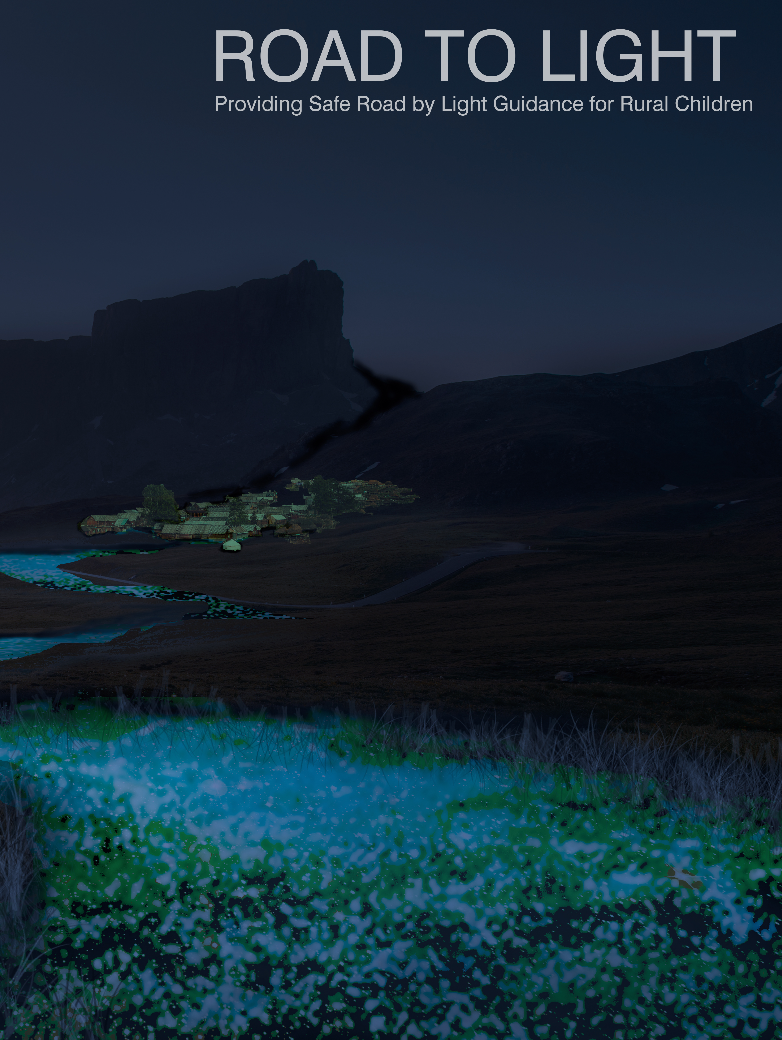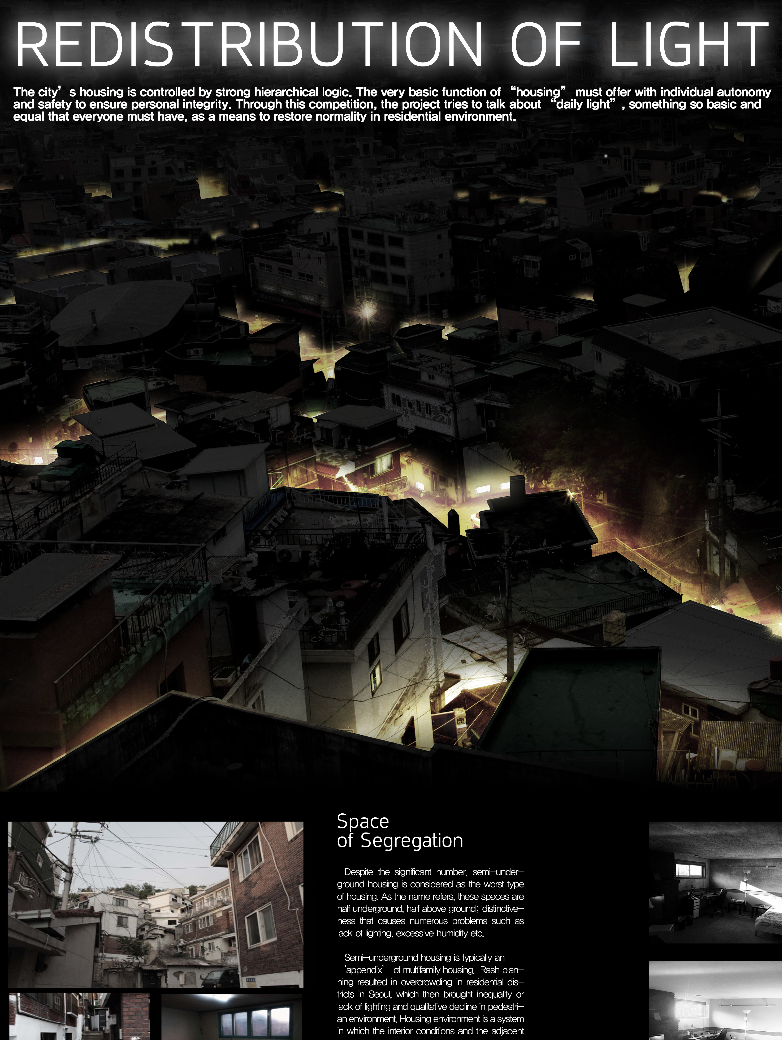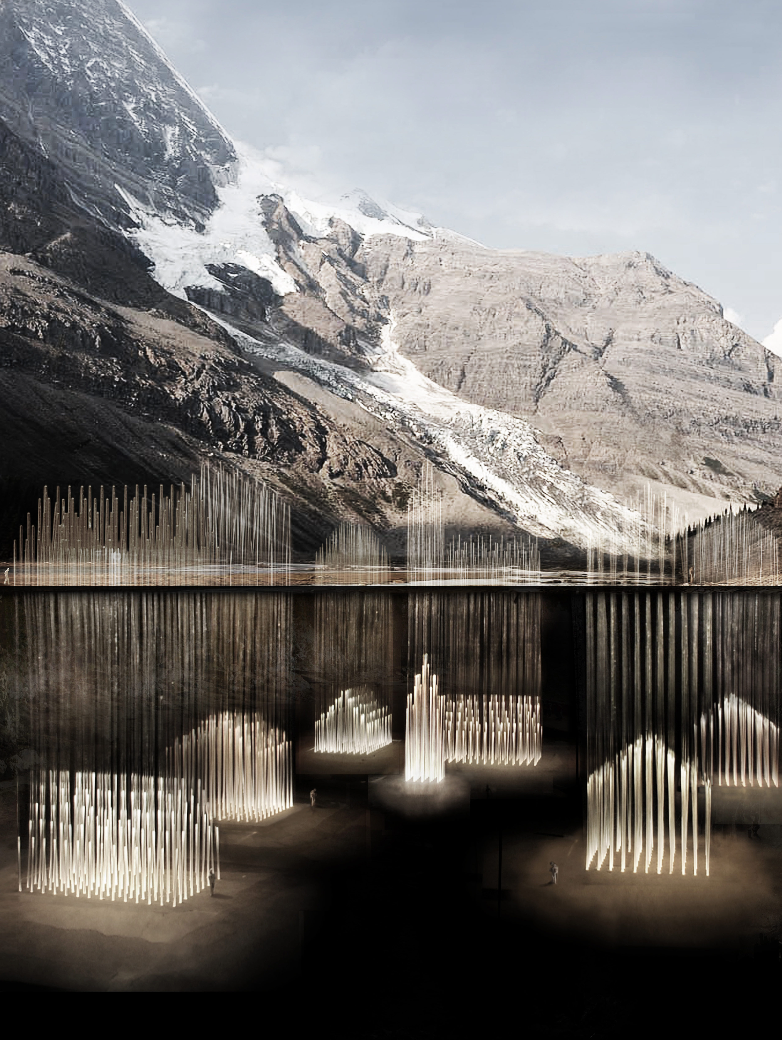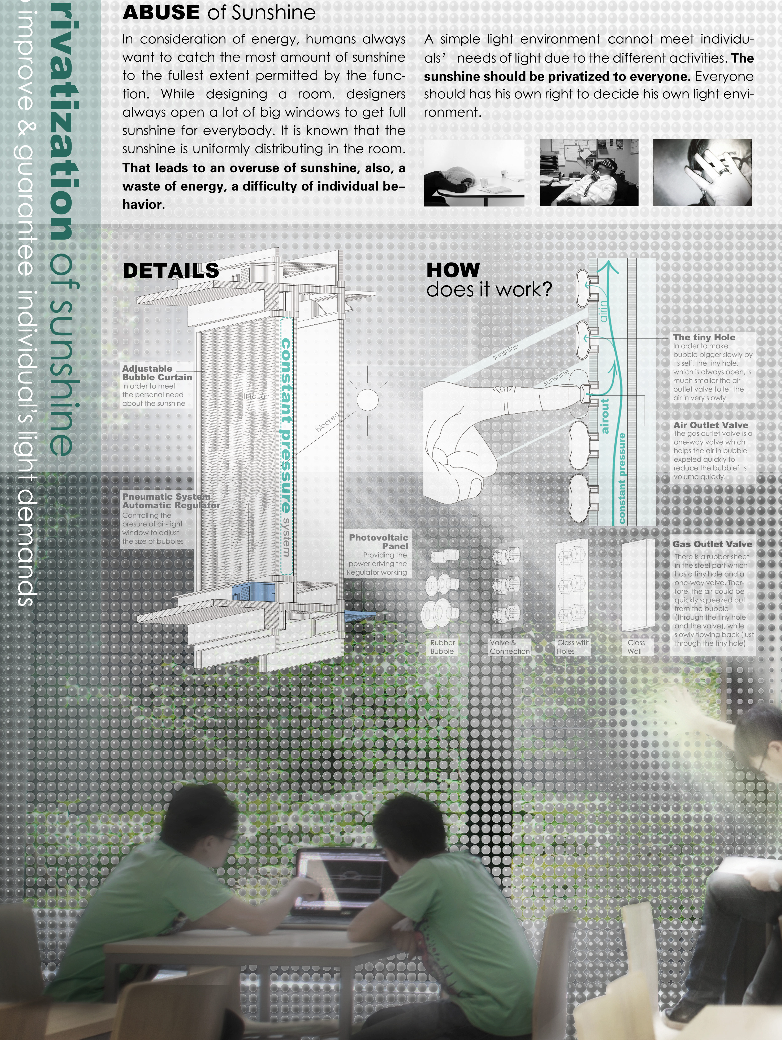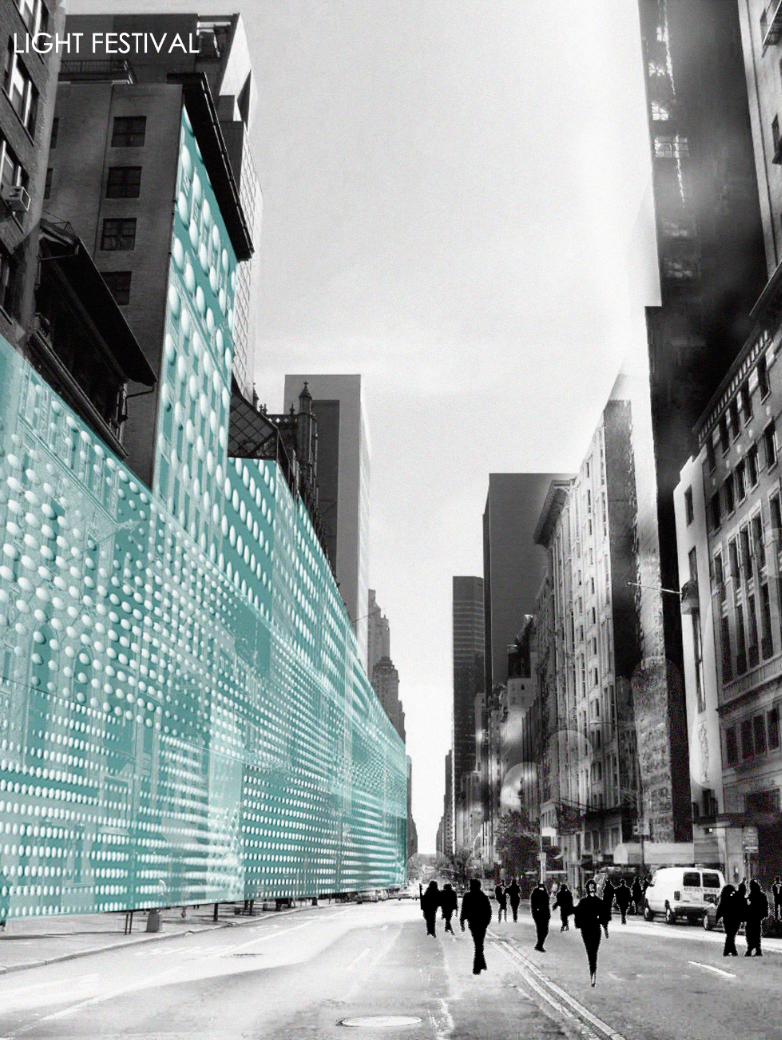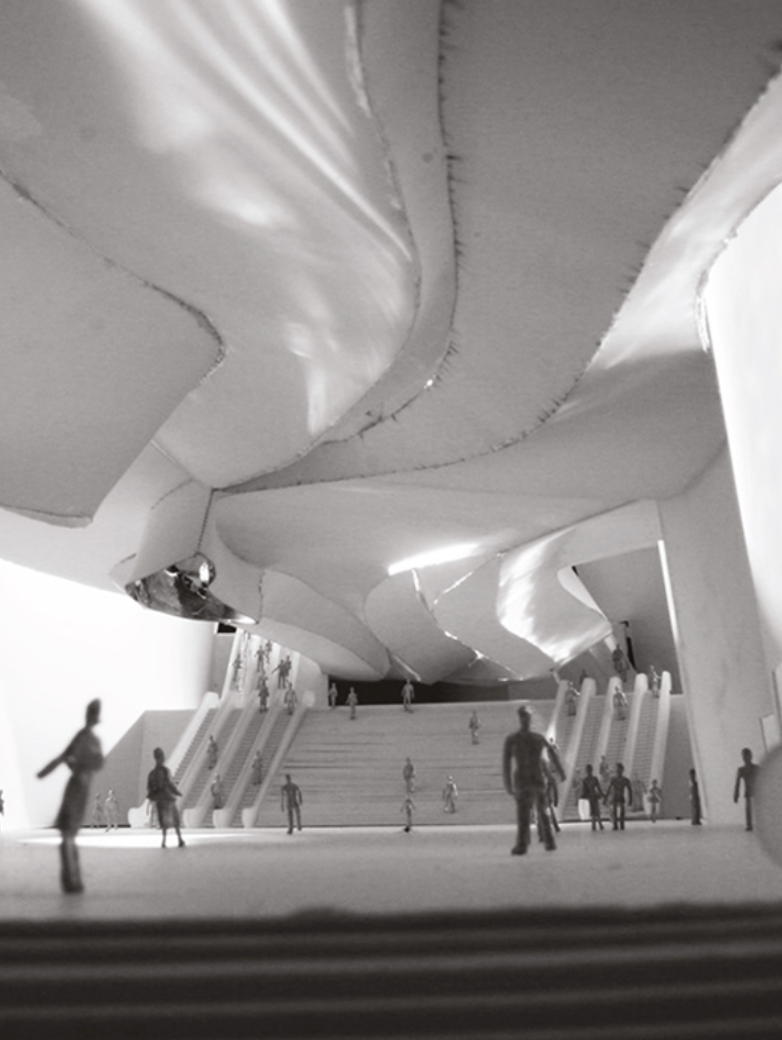2024 - Variance
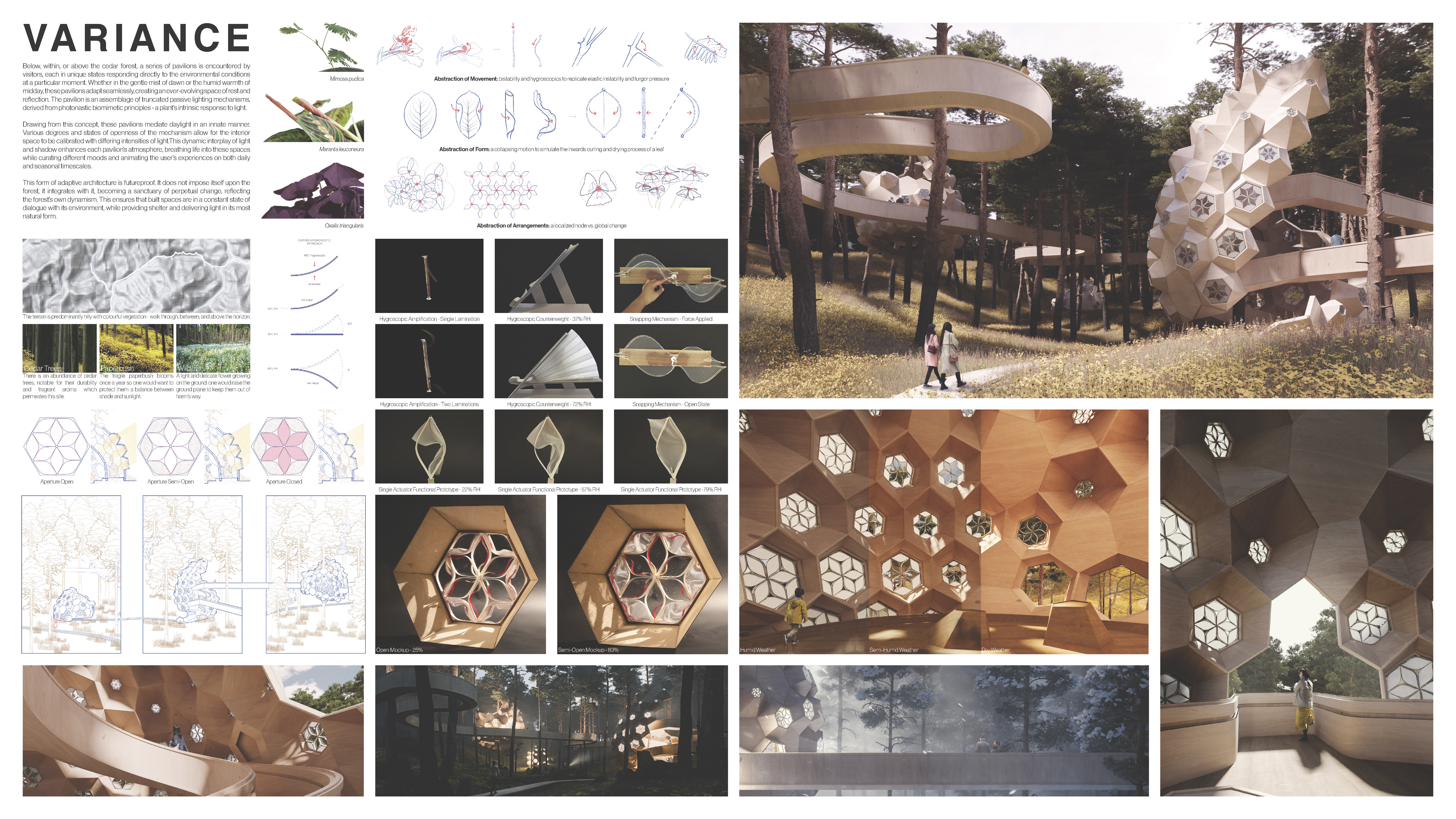
Category
Daylight Investigations - Region 3: Eastern Europe and the Middle East
Students
Glenn Hongdao Lu, Emilee Zhixiao Chen & Lyric Barnik
Teacher
David Correa
School
University of Waterloo
Country
Canada
Download
Download project board
Below, within, or above the cedar forest, visitors encounter a series of pavilions, each uniquely responding to the environmental conditions of the moment. Whether in the gentle mist of dawn or the humid warmth of midday, these pavilions adapt seamlessly, creating an ever-evolving space for rest and reflection.
The pavilions feature truncated passive lighting mechanisms inspired by photonastic biomimetic principles, mimicking a plant’s natural response to light. These mechanisms mediate daylight innately, with varying degrees of openness allowing for different light intensities inside. This dynamic interplay of light and shadow enhances the atmosphere, creating different moods and animating the user’s experiences daily and seasonally.
This adaptive architecture integrates with the forest, becoming a sanctuary of perpetual change and reflecting the forest’s dynamism. It ensures built spaces are in constant dialogue with their environment, providing shelter and natural light.
Each lighting mechanism consists of twelve single actuators arranged in a hexagonal form, using a 1:3 ratio of maple veneer to bioplastic. Their activation combines principles of elastic instability (“snap-buckling”) and hygroscopic movement, accelerating the hygroscopic response while maintaining reversible cycles.
